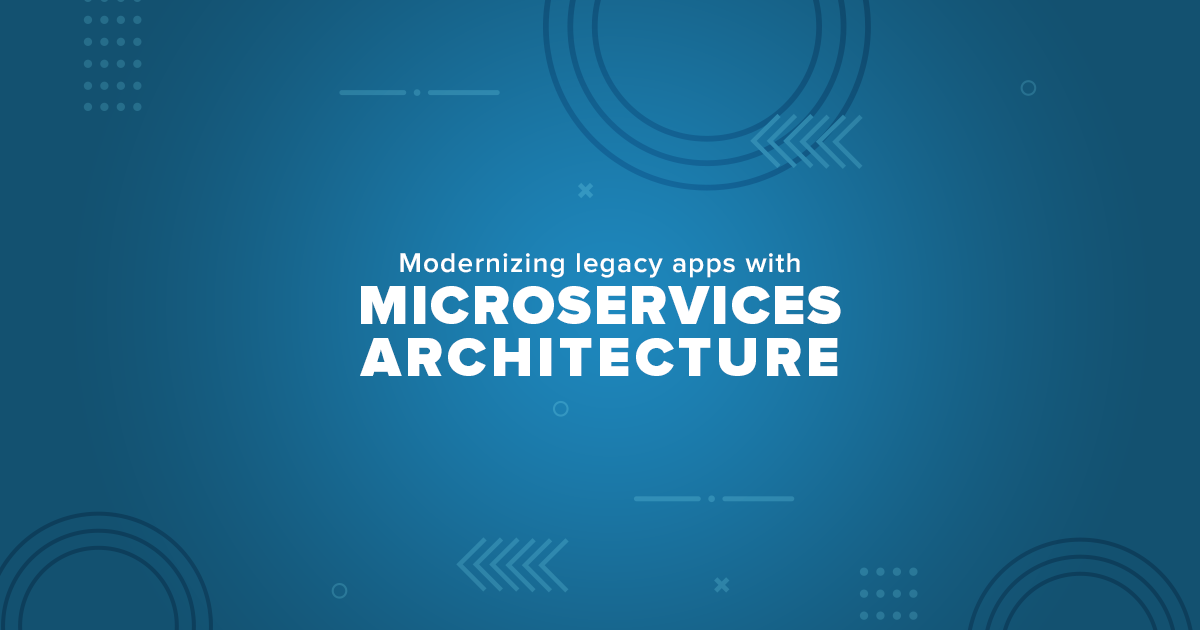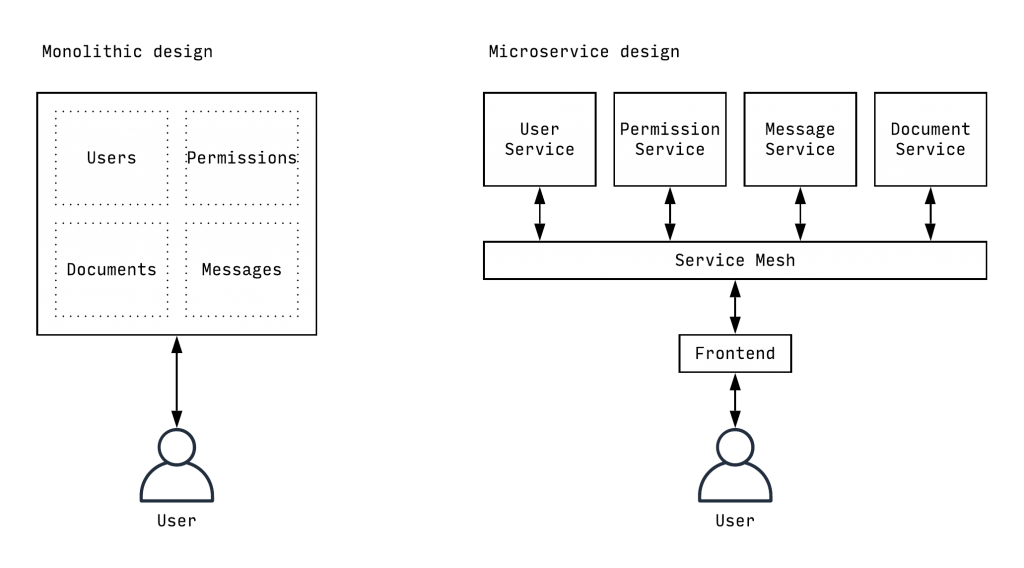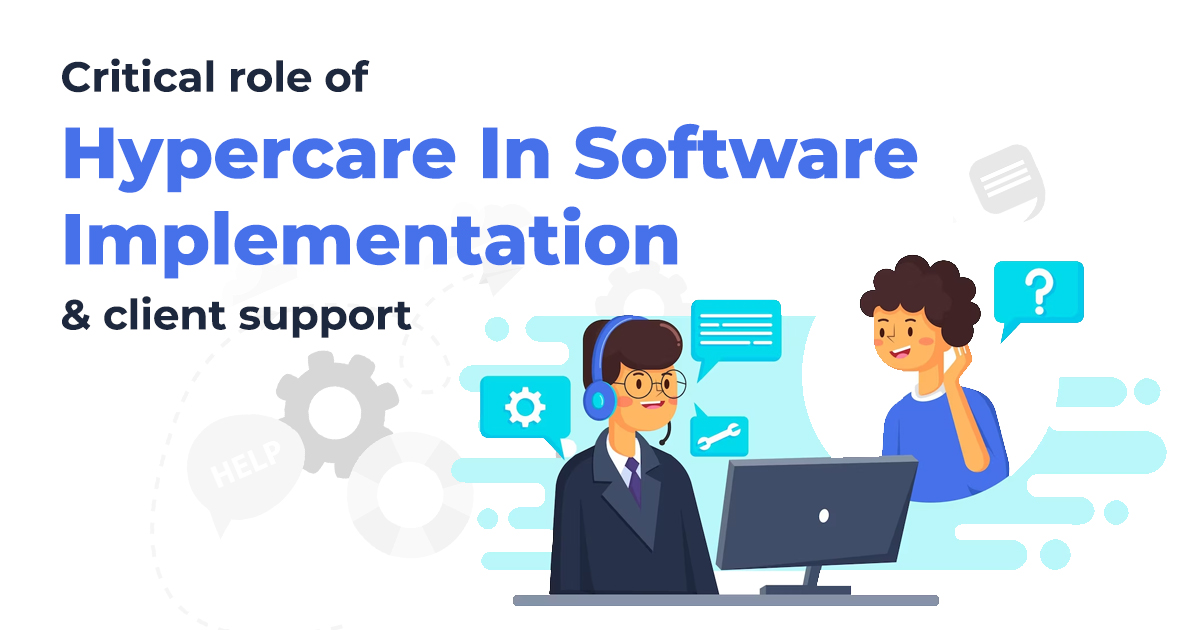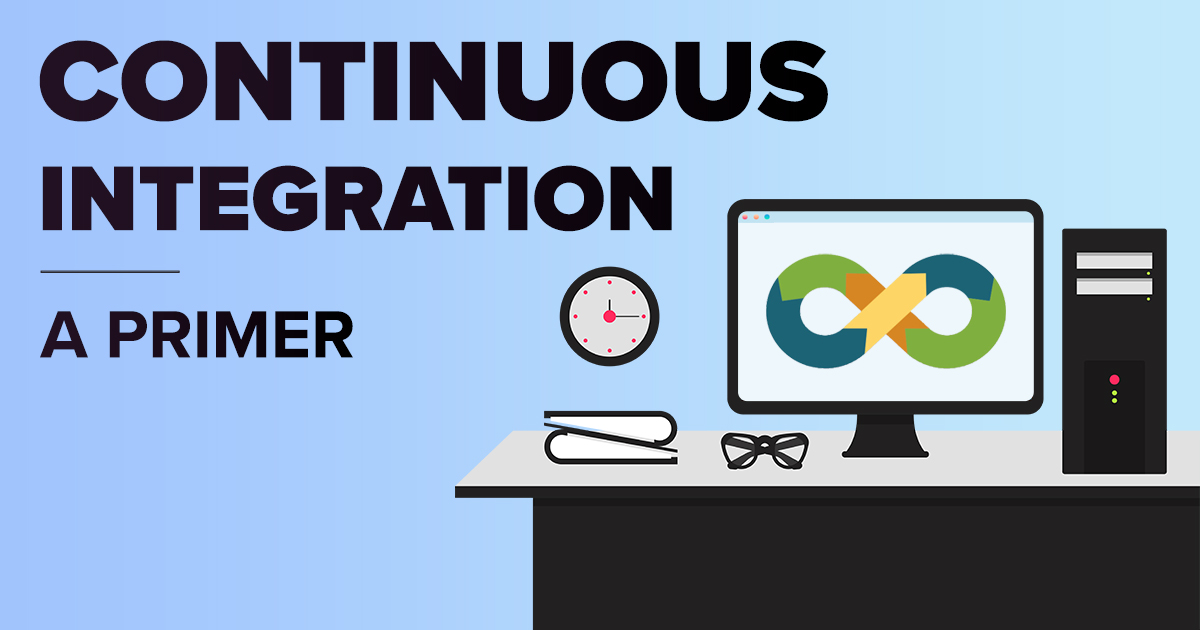Modernizing Legacy Apps with Microservices Architecture.
October 27, 2020 11:09 am | by Aviral Chitkara | Posted in Tech
What comes to your mind when I say Netflix? The Crown, Money Heist, Stranger Things, I could go on and on. Netflix changed the way we all used to think about the idiot box, correction, idiot laptop. I digress.
Discuss Netflix with a software developer, and they’ll start raving about the microservices architecture. The streaming service provider is considered as the pioneer of the microservices movement. And embracing microservices was one of the many factors that led to Netflix’s mind-boggling growth.
That’s the reason why every company conducting its business online is considering shifting to microservices architecture. But the CTOs and their teams are still mulling whether moving their legacy applications to a new architecture will benefit or will the idea fall flat on its face? This is what this blog aims to help you with that decision. Before we move onto the discussion about should you shift legacy applications to the microservices architecture, let’s know what it is?
Microservices Architecture
Remember our mums used to say, divide a lengthy chapter into smaller units, and you’ll be able to grasp it pretty fast. Microservices operates on a similar idea; to break large, complex applications into independent, multiple services that communicate using API.
Source: Browserlondon
Why microservices architecture?
- Increased resilience. Under the monolithic architecture, coding failure in one component is likely to impact one service or the entire application. It is not the case under microservices architecture because all the services operate independently, so there is minimal impact on the application on the failure of one or more services.
- Better security. Monolithic applications are built tightly. In case of a security breach, the complete data stored on the application is at the risk of getting exposed. In the microservices architecture, each service contains data of that function only, and this minimizes the chances of complete data leakage.
- Easy to test, debug, and deploy. Services are smaller and independent of each other; hence it is less time consuming to test and easy to debug. Also, a single service can be deployed in a test and live environment even if other services are not complete, significantly improving the delivery of error-free applications.
- High scalability. It is the key feature of microservices. As the services are independent, you can scale up a single service or function without scaling the entire application. This feature helps scale business-critical functions as and when needed without impacting the performance of other functions and servers.
- Continuous delivery. Monolithic applications are densely interconnected and usually developed in a phased manner, making delivery of large and complex applications difficult. Whereas microservices enable continuous integration and continuous delivery as services/functions are independent and small size, breaking down large applications into small pieces.
Why avoid microservices architecture?
Yes, there are numerous benefits of adopting microservices, but it comes with its challenges. The most major is the cost. You will need to hire multiple resources to handle the development and delivery of different services, and this pushes the budget. There will also be a need to continuously update individual services to match the industry standards, which is another challenging task especially when different services are built on several languages.
Another issue that companies face is monitoring and management. With multiple services running together on their APIs, platforms, and language, there is a need for robust monitoring for failures and managing the entire infrastructure.
Over to you
I hope I was able to give you a brief insight into the pros and cons of shifting to microservices architecture. If you’d like to discuss any project or idea or would like to contribute, then please reach out to me at hello@sarvika.com.
Written by Aviral Chitkara
Senior Business Operations Manager
Aviral is the Senior Business Operations Manager at Sarvika Technologies. His research skills are unquestionable, and so is his ability to provide constant motivation to the team. An engineer turned business expansion enthusiast, Aviral is a knowledge bank when it comes to politics. Whatever the confusion or problem, he is always the one with answers.





